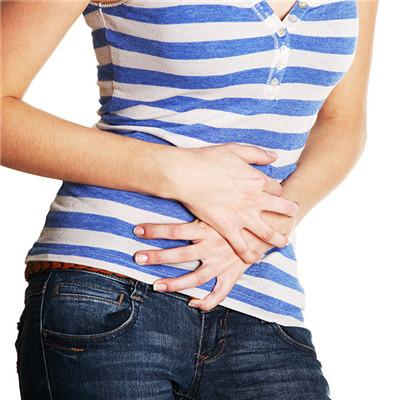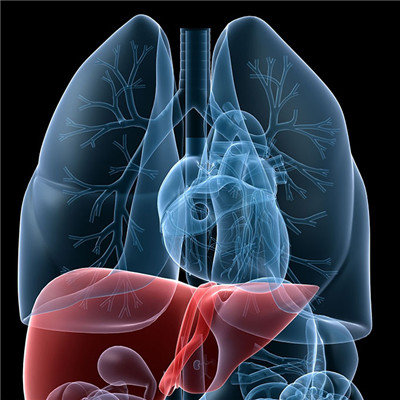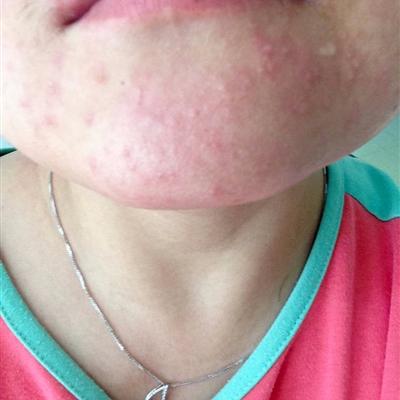Where does peptic ulcer happen most often?
summary
Gastric ulcer and duodenal ulcer are generally called peptic ulcer, sometimes referred to as ulcer. Gastric acid (hydrochloric acid) and pepsin (a kind of enzyme), which originally digest food, digest their own gastric and duodenal walls, thus damaging the mucosal tissue, which is the main cause of peptic ulcer. Which part does peptic ulcer happen most often?
Where does peptic ulcer happen most often?
In the pathogenesis of duodenal ulcer, excessive gastric acid secretion plays an important role. The basic secretion (Bao) and maximum secretion (MAO) of gastric acid in patients with duodenal ulcer were significantly higher than those in normal people; Duodenal ulcer never occurs in people with no or little gastric acid secretion. After the chyme enters the duodenum from the stomach, under the stimulation of gastric acid and chyme, the pancreas secretes a large amount of secretin, trypsin and cholecystokinin. In addition to mucus, the intestinal mucosa also releases hormones such as glucagon, GIP and VIP, which can inhibit the secretion of gastric acid and stimulate the secretion of gastrin, Therefore, when the function of releasing these hormones from duodenal mucosa is decreased, the secretion of gastrin and gastric acid will increase, which will contribute to the formation of duodenal ulcer.
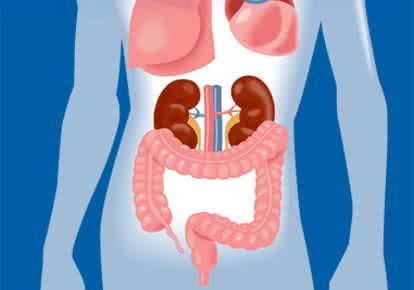
Peptic ulcer refers to the chronic ulcer in stomach and duodenum, which is one of the common chronic diseases of digestive system. The reason why it is called peptic ulcer is that almost all ulcers occur at the site of contact with gastric acid. The digestive function of gastric acid and pepsin on mucosa is the basic factor of ulcer formation. It has been confirmed that gastric acid and pepsin are only one of the causes of ulcers, but it is still customary to call gastric and duodenal ulcer peptic ulcer. The ulcer that occurs in the stomach is called gastric ulcer, and the ulcer that occurs in the duodenum is called duodenal ulcer. In fact, peptic ulcer occurs in the lower part of esophagus, anastomotic stoma after gastrointestinal anastomosis, and jejunum. Clinically, the vast majority of peptic ulcer occurs in the stomach and duodenum.
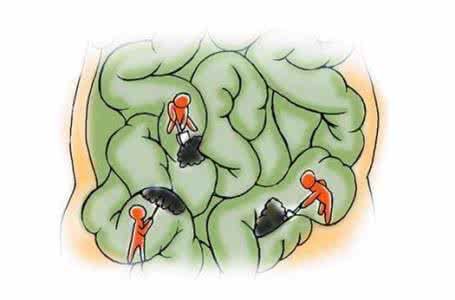
It is suggested that the pathogenesis of gastric ulcer is similar to that of duodenal ulcer in the long-term and recurrent course of disease, the nature of complications and the tendency of ulcer healing under the condition of reduced gastric acid. However, the Bao and Mao of patients with gastric ulcer were similar to those of normal people, even lower than those of normal people; Some gastric mucosal protective drugs (non antacids) can promote the healing of ulcer, although they have no effect on reducing gastric acid; The fact that some drugs that damage gastric mucosa, such as aspirin, can cause gastric ulcer, and the fact that experimental animals constantly suck mucus from the gastric cavity can cause gastric ulcer, all suggest that the occurrence of gastric ulcer is caused by the local changes of gastric mucosa. Due to the destruction of gastric mucosal protective barrier, it can not effectively resist the erosion and digestion of gastric acid and pepsin, resulting in ulcer.
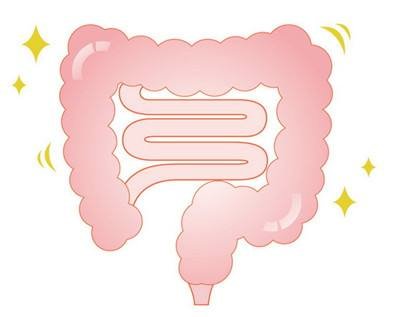
matters needing attention
The formation and development of peptic ulcer is related to the digestive function of gastric acid and pepsin in gastric juice, so it is forbidden to go to work and sleep on an empty stomach. It is not difficult to make ulcer heal to scar stage in a short time (2-4 weeks), but the key is to prevent ulcer recurrence. Recurrent ulcers are more harmful. It is of great significance for ulcer healing and recurrence prevention to get rid of bad living habits and reduce the stimulation of tobacco, alcohol, spicy, strong tea, coffee and some drugs.



